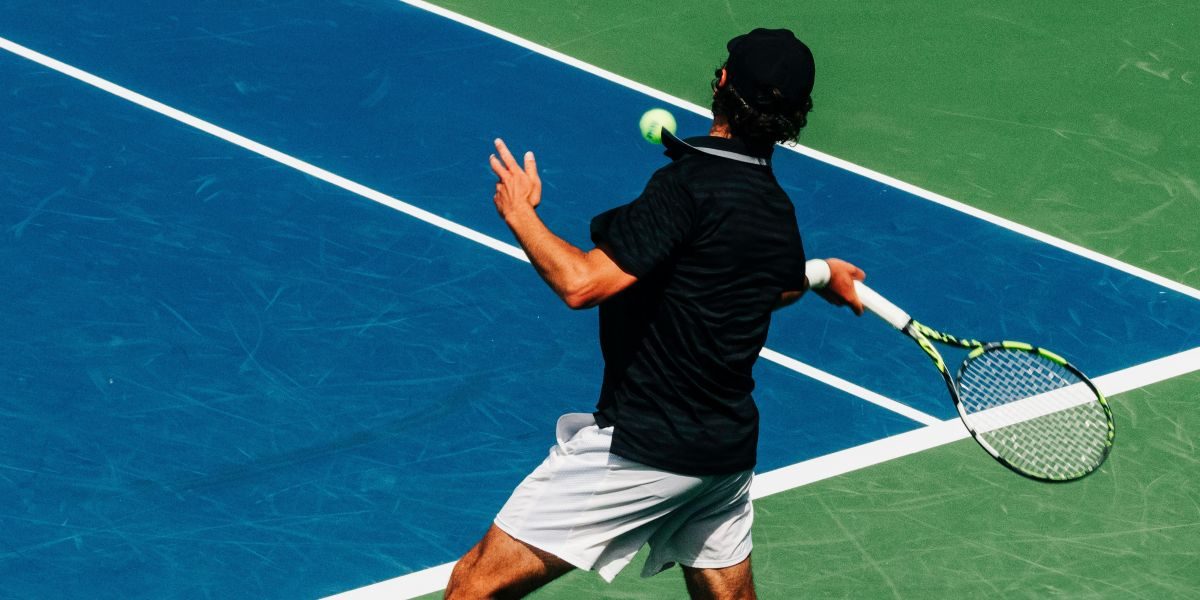Tennis is often glamorized through the lens of major tournaments and superstar athletes, but the reality for many professional players is far less dazzling. Beneath the surface lies a demanding lifestyle marked by financial uncertainty, physical wear, and emotional strain. Only a small percentage of players achieve the fame and fortune often associated with the sport, while the majority labor in obscurity, navigating a complex system that rewards only the elite few.
The Public View vs. the Reality
When people think of professional tennis, they often picture packed stadiums, million-dollar endorsements, and players holding trophies under bright lights. The spotlight usually falls on the high-ranked stars who dominate headlines and major tournaments, creating the perception that success and fame are inevitable.
Under the surface, players spend years grinding through lesser-known events with minimal media coverage. As Jabari Stafford notes, many compete in smaller venues with modest crowds, fighting for ranking points just to qualify for the next level. A large portion of professional players never break into the 100 rankings, which greatly limits their visibility and financial opportunities. Some even play through injuries or without a coach, simply because they can’t afford one.
Take the ATP Challenger Tour, a stepping stone to the main circuit. Matches often take place in remote locations with little fanfare. While the high-ranked players fly first class with full support teams, others travel alone, book budget accommodations, and string their own racquets just to stay in the game.
Financial Struggles Behind the Scenes
While grand slam champions earn millions, the majority of professional players work on tight budgets. Expenses add up fast—flights, hotels, coaching fees, physiotherapy, and equipment can easily outweigh prize money earned at smaller tournaments. A first-round loss at a lower-tier event might earn just enough to cover a single night’s stay and a meal. Players often have to choose between entering more tournaments or saving money for essentials.
Beyond the 100 rankings, consistent income becomes unpredictable. Many players rely on personal savings, family support, or side gigs like coaching juniors between matches to stay afloat. The economics of the sport often force talented athletes to retire early, not due to lack of skill, but because it’s simply unsustainable. Without a financial cushion, even a minor injury can derail an entire season.
The Demands of Touring Life
Life on tour means constant movement. Players may travel to five continents in a single season, adjusting to new time zones, climates, and courts with little rest. Jet lag is a regular companion, and the window between matches rarely allows for full recovery.
Injuries are another constant threat. A minor strain can escalate quickly without proper care, and many athletes push through pain because skipping a tournament could mean missing rent or dropping in rankings. The physical grind is only half the battle—mentally, the isolation can be heavy. Long stretches away from home, lack of a consistent routine, and the pressure to perform make the tour as emotionally demanding as it is physical.
Support Systems and Sponsorship Gaps
Behind every successful player is a network of support that often goes unnoticed. Coaches, fitness trainers, physiotherapists, and mental health professionals all play a role in helping athletes perform at their peak. But access to these resources isn’t equally distributed. Lower-ranked players often can’t afford full-time staff, relying instead on part-time help or going without it entirely. Many even travel without a coach, making tactical adjustments on their own.
Sponsorships can ease the burden, but they tend to gravitate toward those already in the spotlight. A player ranked in the 10th position might have deals with global brands, while someone ranked outside the 200 might struggle to secure gear discounts. This imbalance adds another layer of difficulty, making it harder for emerging talent to break through. Even players with impressive junior careers can find themselves without the backing needed to transition successfully into the pro circuit.
Pressures Off the Court
Public exposure doesn’t stop when the match ends. Athletes are expected to maintain a polished image, interact with fans, and respond to media—even after crushing losses. The scrutiny can be intense, and mistakes off the court often attract more attention than achievements on it.
Balancing personal relationships with such a demanding lifestyle is another challenge. Birthdays, weddings, and family milestones are often missed due to the tour schedule. The emotional weight of being present for everyone while chasing a career can be overwhelming. Some players openly discuss the loneliness of the road, striving to stay grounded despite the constant spotlight.
Ongoing Efforts to Improve Conditions
There’s a growing conversation within tennis about creating a more sustainable path for all players. Initiatives aimed at increasing prize money at lower-tier events and offering better healthcare options are slowly gaining traction. Tournament organizers and player associations are starting to acknowledge the need for structural changes.
Some athletes have begun using their platforms to advocate for change. By speaking openly about financial hardships or mental health struggles, they’re pushing governing bodies to reconsider how the system works. The hope is that talent—not financial backing—will become the real deciding factor in a player’s career longevity and success.

















